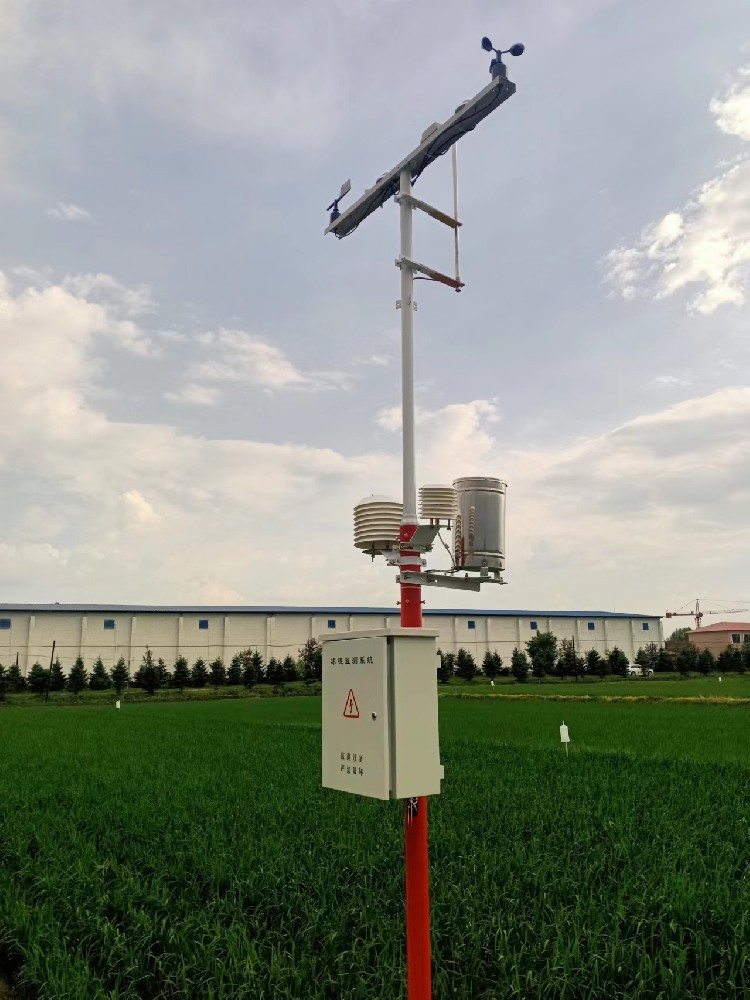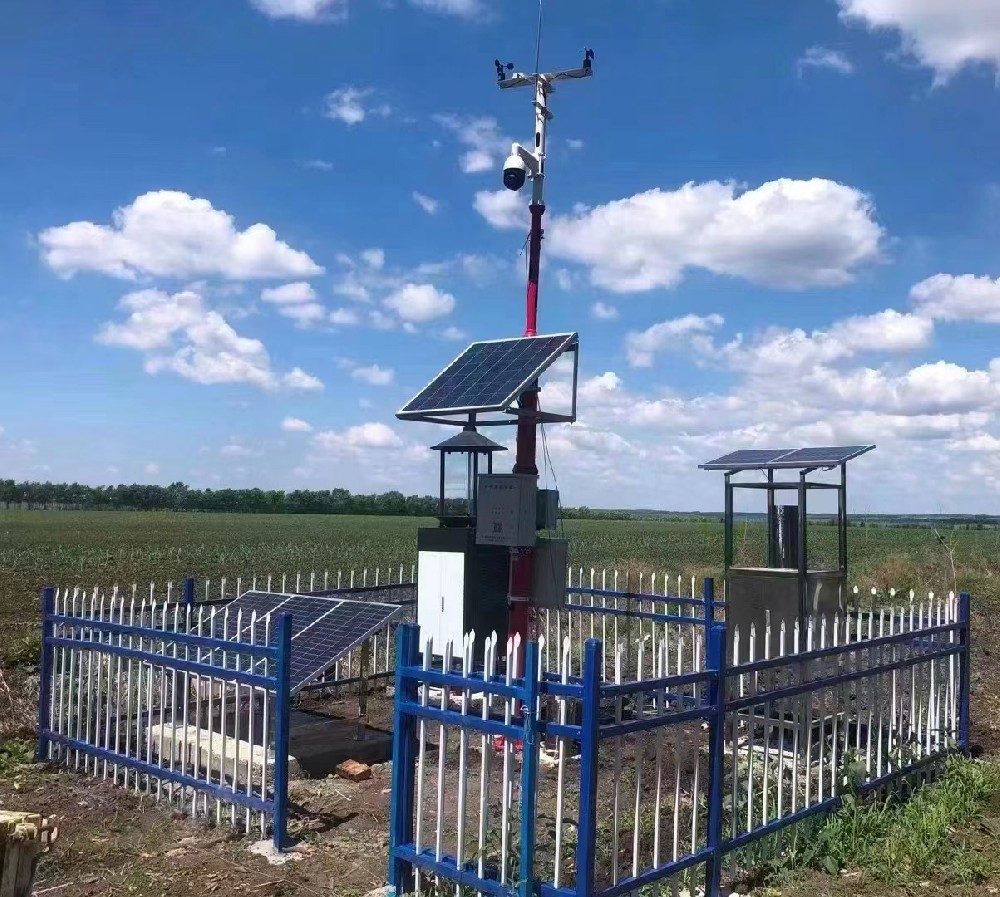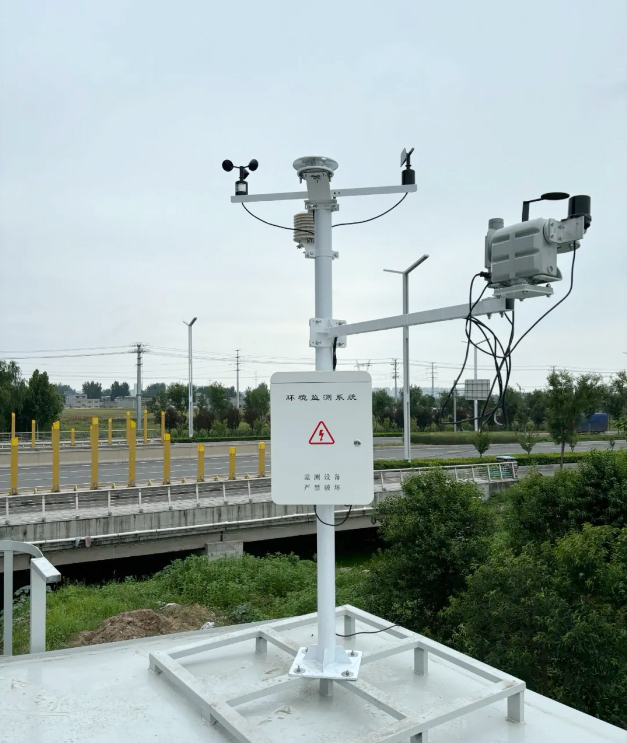

— Blogs —
—Products—
 Consumer hotline +8618073152920
Consumer hotline +8618073152920 WhatsApp:+8615367865107
Address:Room 102, District D, Houhu Industrial Park, Yuelu District, Changsha City, Hunan Province, China
Product knowledge
Time:2024-11-24 15:11:46 Popularity:296
Small meteorological stations have become the preferred tool for environmental monitoring in various fields due to their portability, efficiency, and cost-effectiveness. However, to ensure that they consistently provide accurate meteorological data over time, attention to detail during the installation process is crucial. Below is a detailed analysis of five key points that should be considered during the installation of small meteorological stations, designed to help users complete the installation process smoothly and ensure data accuracy.
- Open and Flat Area: Choose an open, flat area away from tall buildings, trees, and other obstructions to ensure the accuracy and representativeness of the measurements.
- Stable and Easy to Maintain: The installation site should be stable and easily accessible for future maintenance and calibration.
- Avoid Electromagnetic Interference: Select a location that is away from transformers, high-voltage lines, or other strong electromagnetic sources to minimize interference with the meteorological instruments.
- Check the Packing List: After receiving the equipment, check the packing list to ensure all parts are included, such as sensors, brackets, power cables (or solar panels), and data collectors.
- Check Equipment Condition: Ensure the equipment is intact and free from damage or missing components.
- Understand Installation Requirements: Carefully read the user manual or installation guide to understand the installation requirements, technical specifications, and maintenance information for the equipment.

- Choose the Foundation Method: Based on the installation site's conditions, select an appropriate foundation method, such as a concrete block or steel plate.
- Assemble the Bracket: Assemble the bracket and securely install it in the chosen location. Use expansion bolts or other fasteners to firmly anchor the bracket to the ground or wall.
- Check the Level: Use a spirit level to check the bracket's level and ensure the installation position is accurate.
- Temperature, Humidity, and Pressure Sensors: Install the temperature, humidity, and barometric pressure sensors according to the specific model of the meteorological station, ensuring they are tightly connected to the bracket.
- Wind Speed and Direction Sensors: Make sure the wind direction sensor is aligned with the southern direction, and the wind speed sensor is installed in the recommended orientation by the manufacturer.
- Rain Gauge: Install the rain gauge in a location far from the bracket, trees, or any other obstacles that could block the falling rain.
- Provide Stable Power: Depending on the power requirements of the meteorological station, provide a stable power source. This could be from mains electricity, solar panels, or wind turbines.
- Connect the Data Collector: Follow the equipment's manual to connect the sensors to the data collector or display unit. Ensure that all cables and connectors are securely attached to prevent poor connections or short circuits.

- Perform System Testing: After installation, conduct system testing to ensure that all sensors are working properly.
- Calibrate the Sensors: Calibrate the sensors to ensure data accuracy. This may involve adjusting the sensor settings or performing a self-test on the equipment.
- Set Parameters: Configure the meteorological station's parameters, such as measurement intervals, data logging methods, and wireless transmission settings.
- Connect to Data Platform: Ensure that the device is correctly connected to a data platform or application to allow real-time data upload and monitoring.
- Inspect Components: Periodically check all parts of the meteorological station to ensure that they are functioning properly, including sensors, power cables, and data collectors.
- Clean the Sensors: Clean the surfaces of the sensors regularly to ensure they are free from dust and obstructions, which could affect the measurement accuracy.
- Check Battery Power: If the device is battery-powered, check the battery level regularly and replace the batteries when necessary.
- Repair Damaged Parts: For any damaged components, contact the manufacturer or professional technical support for repair or replacement.
- Record Data: Periodically record and save the meteorological data for future analysis and reference.
- Data Analysis: Use relevant software to analyze and process the collected data, generating reports or charts as needed.
- Follow Safety Procedures: Adhere to relevant safety regulations during installation and maintenance to ensure personal and equipment safety.
- Work at Heights: When working at heights, wear safety harnesses or other protective gear.
- Minimize Environmental Impact: During installation, try to minimize any damage or disruption to the surrounding environment.
- Proper Waste Disposal: Dispose of used packaging materials and waste properly to avoid environmental pollution.

- Design and Manufacturing Quality: The design, manufacturing quality, and calibration of the sensors directly affect the accuracy of the measurements.
- Installation Location: Incorrect installation of the sensor, including improper positioning or orientation, can lead to inaccurate readings (e.g., wind direction sensor misalignment).
- Temperature: Extreme temperatures can affect the performance of sensors.
- Humidity: High humidity may cause certain sensor components to absorb moisture, affecting the measurements.
- Pressure: Variations in atmospheric pressure can affect the readings of barometric pressure sensors.
- Wind Speed and Direction: Strong winds can affect the stability of wind speed sensors and the accuracy of wind direction readings.
- Regular Maintenance: Lack of regular maintenance and calibration can lead to the degradation of sensor performance, impacting measurement accuracy.
- Clean the Sensors: Dust, dirt, or foreign objects on the sensors can obstruct proper functioning, affecting the data accuracy.
- Avoid Interference: Electromagnetic interference can distort sensor readings and affect data quality.

- Terrain Impact: Mountains, hills, or other terrain features can create local airflow changes, affecting wind speed and direction measurements.
- Vegetation Influence: Trees and other vegetation near the station may affect temperature, humidity, and wind speed readings.
- Heat Emissions: Nearby human activities or buildings might generate heat, influencing temperature measurements.
- Obstructions: Buildings or other objects might obstruct sunlight, affecting solar radiation and sunshine hours measurements.
- Performance Degradation: Over time, sensors and other equipment may degrade due to aging, leading to reduced performance.
- Data Transmission: Errors in data transmission can lead to inaccuracies.
- Data Processing: The accuracy of data processing algorithms can also influence the final results.
- Power Fluctuations: Power fluctuations can affect the normal operation of electronic devices, impacting the accuracy of measurements.

Summary
The installation of a small meteorological station may appear straightforward, but it involves several critical steps, each of which impacts the accuracy of the monitoring data and the long-term stability of the system. By avoiding electromagnetic interference, properly orienting the wind direction sensor, choosing an open installation environment, correctly positioning the rain gauge, and using a stable foundation, the performance and data quality of the small meteorological station can be significantly improved. This guide aims to provide valuable insights for users who are installing or have already installed a small meteorological station, ensuring the smooth operation of meteorological monitoring tasks.
Automatic-Weather-Station(aws)Installation-Training-Manual.pdf
Related recommendations
Sensors & Weather Stations Catalog
Agriculture Sensors and Weather Stations Catalog-NiuBoL.pdf
Weather Stations Catalog-NiuBoL.pdf
Related products
 Combined air temperature and relative humidity sensor
Combined air temperature and relative humidity sensor Soil Moisture Temperature sensor for irrigation
Soil Moisture Temperature sensor for irrigation Soil pH sensor RS485 soil Testing instrument soil ph meter for agriculture
Soil pH sensor RS485 soil Testing instrument soil ph meter for agriculture Wind Speed sensor Output Modbus/RS485/Analog/0-5V/4-20mA
Wind Speed sensor Output Modbus/RS485/Analog/0-5V/4-20mA Tipping bucket rain gauge for weather monitoring auto rainfall sensor RS485/Outdoor/stainless steel
Tipping bucket rain gauge for weather monitoring auto rainfall sensor RS485/Outdoor/stainless steel Pyranometer Solar Radiation Sensor 4-20mA/RS485
Pyranometer Solar Radiation Sensor 4-20mA/RS485
Screenshot, WhatsApp to identify the QR code
WhatsApp number:+8615367865107
(Click on WhatsApp to copy and add friends)